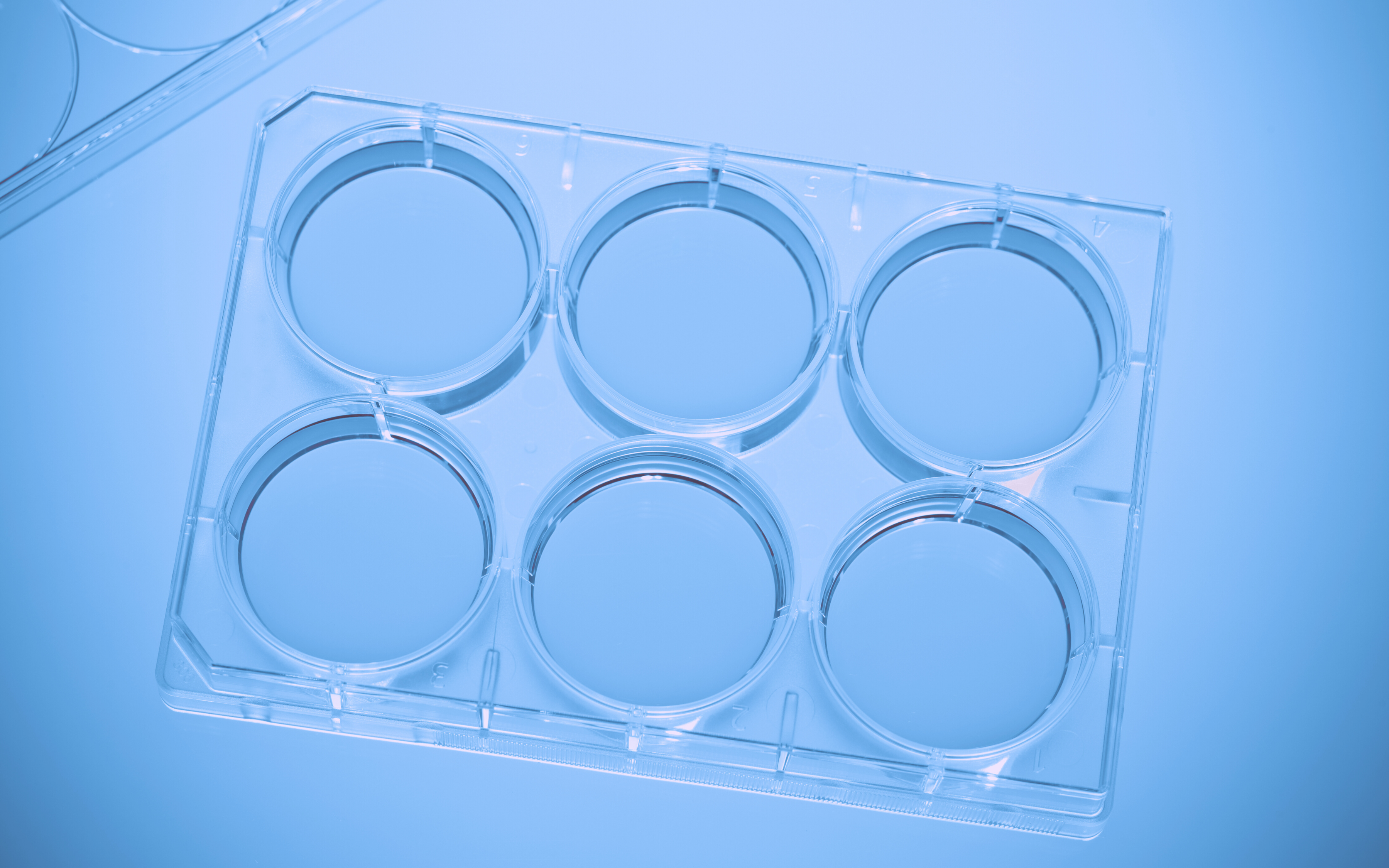Navigating the constraints of a limited budget is a universal challenge for every laboratory and research organization. Effectively working within these limitations is one of the most challenging aspects of scientific project management. Strategic planning and decision-making can maximize your budget and yield more results. Here are our simple tips for reducing costs in the lab.
1. Write everything down
Ever found yourself wondering: “where did all the money go?”
The solution, though it may seem tedious at first, is to consistently track all of your expenses- even the smallest and seemingly insignificant ones. Maintaining a meticulousrecord, whether manually or using a research management system, makes it much easier to pinpoint expenditure patterns and highlight areas of excessive cost.
2. Calculate procedure costs
After consistently tracking your overall expenses, you can calculate the cost of each procedure type by adding up all costs related to a certain procedure over a specified period of time, and dividing by the number of times it was performed during that timeframe. Next, analyze the revenue or reimbursement generated by each procedure and consult your lab data to identify those yielding optimal results. Compare the effectiveness of each procedure to the cost of it to find out which procedures waste the most money. Limit these procedures and perform them only when necessary instead of routinely.
If you have options for several procedures that serve the same purpose, choose the one most cost-effective to perform most often.
3. Invest In High Quality, Energy-Efficient Equipment
When it comes to equipment, your priority should always be maintenance. Lab instruments can last years longer and give a better return on investment if tended to properly. Incorporate scheduled maintenance events as an integral part of your scientific project management routine.
In cases where equipment becomes irreparable or outdated, thorough research becomes crucial before procuring a replacement. Look for high-quality, long-lasting items, and consult feedback from other labs within similar fields to help with your decision-making. Another important factor to consider is energy saving - opting for energy-efficient equipment will reduce routine lab costs and align with environmental sustainability requirements. If old equipment in your lab is very energy-inefficient, consider replacing it with a more efficient model — this may prove more economically viable in the long term.
4. Buy Supplies Smartly
Before buying new supplies, evaluate the actual quantity required. If it’s only a small amount, consider obtaining spare supplies from neighboring labs. This can save an unnecessary expense, and has the added benefit of providing insight regarding their knowledge of using the supply.
For larger quantities, opt for bulk purchases. This can help you get a better price and save on delivery costs. This strategy is advantageous with non-perishable supplies, where you don’t have to worry about expiration dates. However, this principle extends to perishable supplies as well. Analyze your lab management data to ascertain the consumption rate for each supply over a specific period. Calculate how much you can order and still have it used up before you reach the expiration date.
5. Compare prices
No matter if you’re ordering supplies or equipment, always get quotes from several different suppliers instead of opting for the first search result. Don’t be afraid to state that you’re getting a better price from another supplier or ask for discounts on bulk orders. When making your choice, consider prices, but also quality - ask your colleagues for recommendations, read customer reviews and double-check information like purity, components and function to make sure it’s exactly what you need.
6. Coordinate Tasks
When possible, try to run all necessary procedures of a certain type at the same time. If several samples need to be tested using the same equipment, testing them side by side will save energy and supplies. Instruct lab members to schedule shared equipment sessions to reach maximum efficiency.
7. DIY (Do It Yourself)
Some supplies, such as media, buffers and gels, can be made within your own lab. If you have access to a 3D printer, some permanent parts can also be self-made. Making your own supplies saves significant amounts of money, results in supplies that are highly customized to your specific needs, and can be faster than waiting for delivery. This can take time away from your research project though, so ask yourself whether the cost reduction is worth it. If you’re not sure how long it will take, consider testing it by making some of your supplies for a short period, and tracking the results, time investment and cost savings.
8. Organize Your Storage
Make sure everything in your laboratory has a place and is properly labeled. Keep track of your inventory by writing down the numbers of remaining supplies and mark them as used once they’re consumed. This will make sure you don’t buy more supplies than necessary and don’t waste money by letting stocks expire.
9. Monitor Strategies Over Time
It’s not enough to just set new cost-reducing strategies, you must also monitor how they’re performing. Try different methods and track your expenses and results to get an overall picture and select the most cost-effective strategy for your lab.
10. Consider a Lab Management Software
Manual record keeping can be disorganized and lead to information loss, as well as being difficult to analyze for future decision-making. A lab management software serves as a centralized solution for tracking your expenses, generating shopping lists, and organizing storage spaces, seamlessly integrating these aspects within your experiments and procedures. The best lab management software will combine all facets of lab management, including equipment maintenance, as well as task assignment and scheduling for a comprehensive and streamlined approach.
Learn more about Labguru's Lab Management Solution.
Centralize your data in one format within secure, cloud-based software. The lab management software streamlines lab operations, prevents data loss, and speeds up your research outcomes – saving you time and money.




